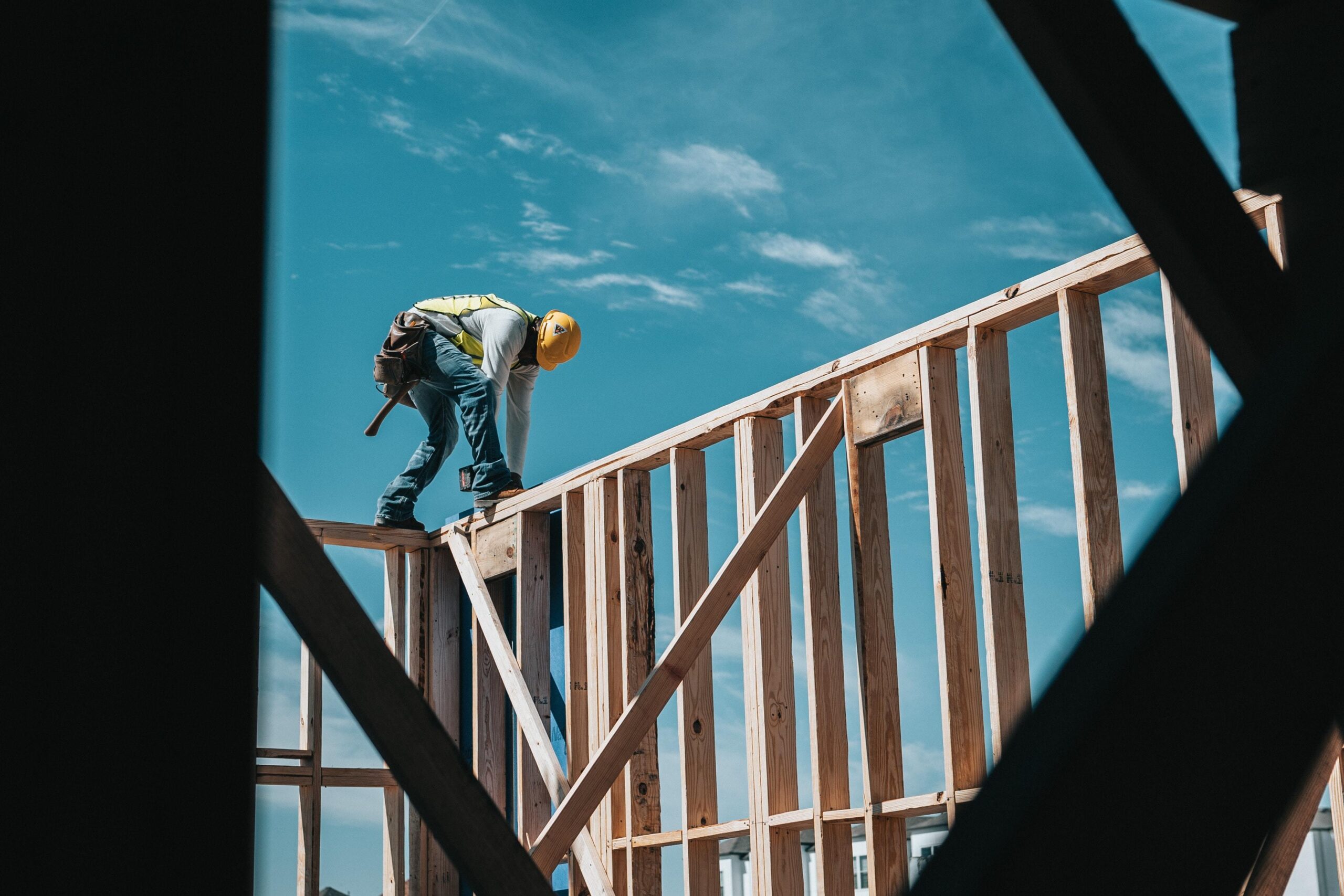Ontario’s construction industry employs over 500,000 workers including businesses engaged in
residential and non-residential construction as well as engineering projects. The interests of contractors and trades in Ontario are protected by the Construction Act. The experts at Frank Feldman Law have compiled the following summary to help you navigate the law relating to construction liens pursuant to the Construction Act of Ontario.
What is a Construction Lien?
When a contractor, subcontractor or other construction professional has not been paid for work
performed or materials provided for a project, they are able to secure their claim for payment against
the property. This claim is referred to as a Construction Lien. A property with a lien against it has an
encumbrance on its title. Practically speaking, this prevents a property from being sold or mortgaged
until the lien is cleared. If a property with a lien is sold, the proceeds from the sale must be used to pay
the debt owed to the lien claimant.
How to Qualify for a Lien?
The Construction Act states that to be entitled for a lien in Ontario, 3 major requirements must be fulfilled.
1.The Party must supply material or services
The supply of materials is not limited to items permanently attached or left on the property but also
may include materials used to facilitate the project – for example: supply of construction materials.
The supply of services may include the supply of labour, rental equipment, designs, plans, drawings, or
specifications as long as they are utilized to improve or increase the value of the property.
2. There must be an improvement on the Property
According to the Construction Act an “improvement” can include:
- Any addition, alteration, or repair to the land
- Any construction, erection or installation on the land or structure on the land that is essential to its intended use, including the installation of equipment
- Complete or partial demolition or removal of any building, structure or works on the land
3. Supplies and Services must be for an owner, contractor, or subcontractor
According to the Construction Act, an owner is a person at whose request and upon whose credit,
behalf, or consent an improvement is made to the property, or who directly benefits from an
improvement to the property.
Preserving and Perfecting a Lien
A contractor must first preserve and then perfect a lien. To preserve a lien, a claim for a lien must be
registered on title to the land which was improved, typically within 60 days after: the declaration of
substantial performance, publication of a certificate of substantial performance, or the contract is
completed or abandoned. A lien is perfected when a statement of claim is issued with respect to the
material or services provided and a certification of commencement of that legal action is registered on
the title to the property. Typically, a lien must be perfected within 150 days of the earliest of the above-
mentioned events (the declaration of substantial performance, publication of certification of substantial
performance, or the contract is completed or abandoned.
Preserving and perfecting lien rights are common legal issues faced by contractors and construction
professionals. It is important to consult with a lawyer specialized in this field when you are unsure. Call
the construction law experts at Frank Feldman Law Today.
Please note these materials have been prepared for general information purposes only and do not constitute legal advice.
Unsure about how to qualify for a lien or other aspects of Construction Law? Ask the experts at Frank
Feldman Law today!
Readers are advised to seek legal advice by contacting Frank Feldman* regarding any specific legal issues.
Call today to learn more (647) 347-9573, ext. 1.



Hey there! I just want to offer you a huge thumbs up for your excellent info you have here on this post. Ill be coming back to your blog for more soon.